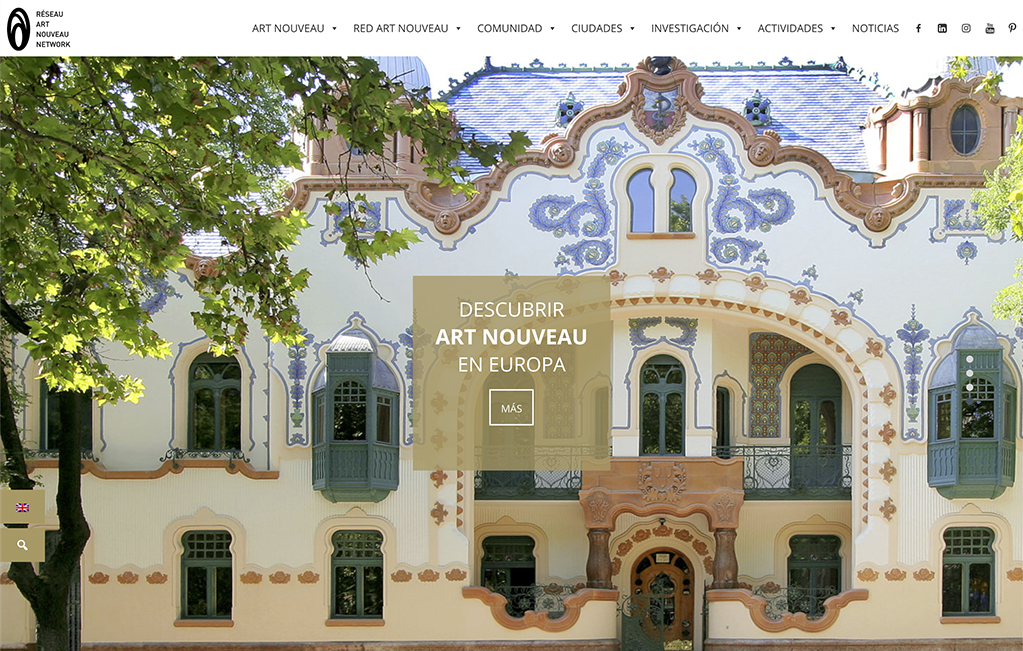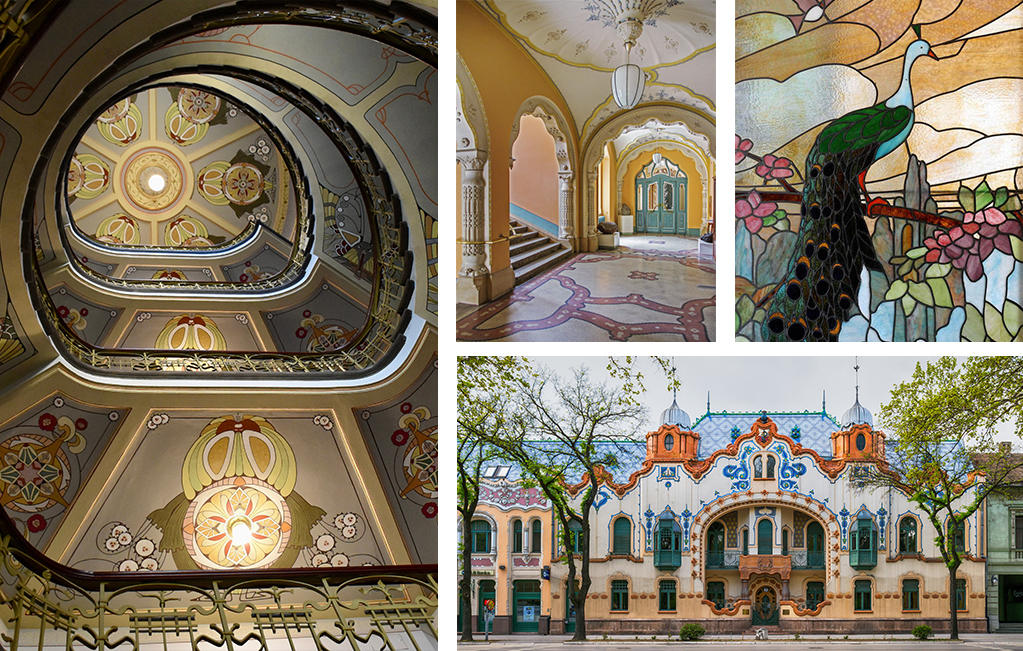We celebrate Modernism month with its greatest exponent: Antoni Gaudí
In the month marking both the birth and death of Antoni Gaudí, one of the most important architects of all time, we remember the artistic movement to which he dedicated his life and of which he became one of the greatest representatives: Modernism.
It is no coincidence that June 10th is celebrated as World Modernism Day, as this date commemorates the death of not one but two great architects of this transformative artistic movement: Antoni Gaudí, the man behind Parc Güell, Casa Batlló, La Pedrera, and the Sagrada Familia, who was also born in June, specifically on the 25th in 1852; and Ödön Lechner, known as the “Hungarian Gaudí” for his similar skill and style to the Catalan architect, a recognition for both of them.
https://www.artnouveau-net.eu/

World Modernism Day on June 10th was established by the Museum of Applied Arts in Budapest in 2013 to raise social awareness about the importance of Modernist heritage in the history of art and culture. Museums and institutions worldwide have participated in this celebration annually, dedicating each edition to different themes such as “Women in Modernism,” “Stairs,” “Stained Glass,” and “Animals.”

Left: building by Konstantīns Pēkšēns, 1903, Riga (Latvia).
Up: Institute of Geology by Ödön Lechner, 1896-1899. Budapest (Hungary). ©Péter Hámori.
Up right: Masía l’ampurdá by Mario Rotllant i Folcarà and Ignacio de la Vega, 1919. Havana (Cuba) ©Patricia Baroni.
Under: Raichle Palace by Ferenc Raichle, 1904. Subotica (Serbia).
Modernism can be described as an artistic movement that emerged in the late 19th and early 20th centuries in various European countries, characterized by its break from the excessively academic or realistic styles of the past, which were governed by rigid aesthetic rules that were seen as stifling the freedom of emerging artists. In response, Modernism presented itself as a young and free art form capable of breaking with the past and opening new spaces for art.
However, this movement did not only propose new possibilities in the classic artistic disciplines of painting, sculpture, and architecture but also permeated many other fields such as decoration and interior design, furniture, jewelry and watchmaking, ceramics, and much more. Some of its common features across all disciplines included the inspiration from and even integration of natural elements into their art, combined with innovations from the industrial revolution, such as the use of steel and glass.

Left: door of Casa Vicens by Antoni Gaudí, 1883-1885, Barcelona (Spain).
Right: interior of the Sagrada Familia by Antoni Gaudí, 1882 – present.
Antoni Gaudí had everything necessary to become the great architect he is today: the skill and technical knowledge of a great professional combined with the sensitivity, imagination, and audacity of a true artist destined to break with established norms. His impact is so significant that his figure is studied in architecture schools worldwide, and it is difficult to conceive of Barcelona without his iconic buildings, which have become true symbols of the city.
However, there is more to Gaudí beyond the obvious façades of Passeig de Gràcia, the trencadís dragon, and the towers of the Sagrada Familia that continue to rise slowly towards the sky. ARTIKA, in collaboration with academics and experts in architecture and Gaudí’s work, presents Gaudí Up Close, where the sketches, drawings, and plans of the Reus-born architect reveal his most personal side as an architect, artist, and man.

Left: detail of the elevation of the Casa Batlló facade by Gaudí, 1904, Barcelona (Spain).
Right: Casa Batlló.
Gaudí Up Close: the architect’s most intimate side through his drawings
ARTIKA and the foremost experts on the legendary architect join forces to explore countless archives in search of Antoni Gaudí’s hidden drawings: strokes of his hand that would lead to fantastical buildings born from an infinite inner world.
– Limited and numbered edition of 4,998 copies.
– The work comprises two volumes and a spectacular sculptural case paying homage to the iconic chimneys of La Pedrera.
– The Art Book features 38 drawings and 10 details of Gaudí reproduced with unparalleled detail fidelity.
– The Study Book includes contributions from academic experts in Gaudí’s art and technique, alongside the current architect of his most famous work: the Sagrada Familia.
– Additionally, an architect’s folder in black cardboard and fabric includes three original-size plans representing three different periods of the artist: a pier from his student days, the site plan of the Sagrada Familia, and the façade of La Pedrera.

